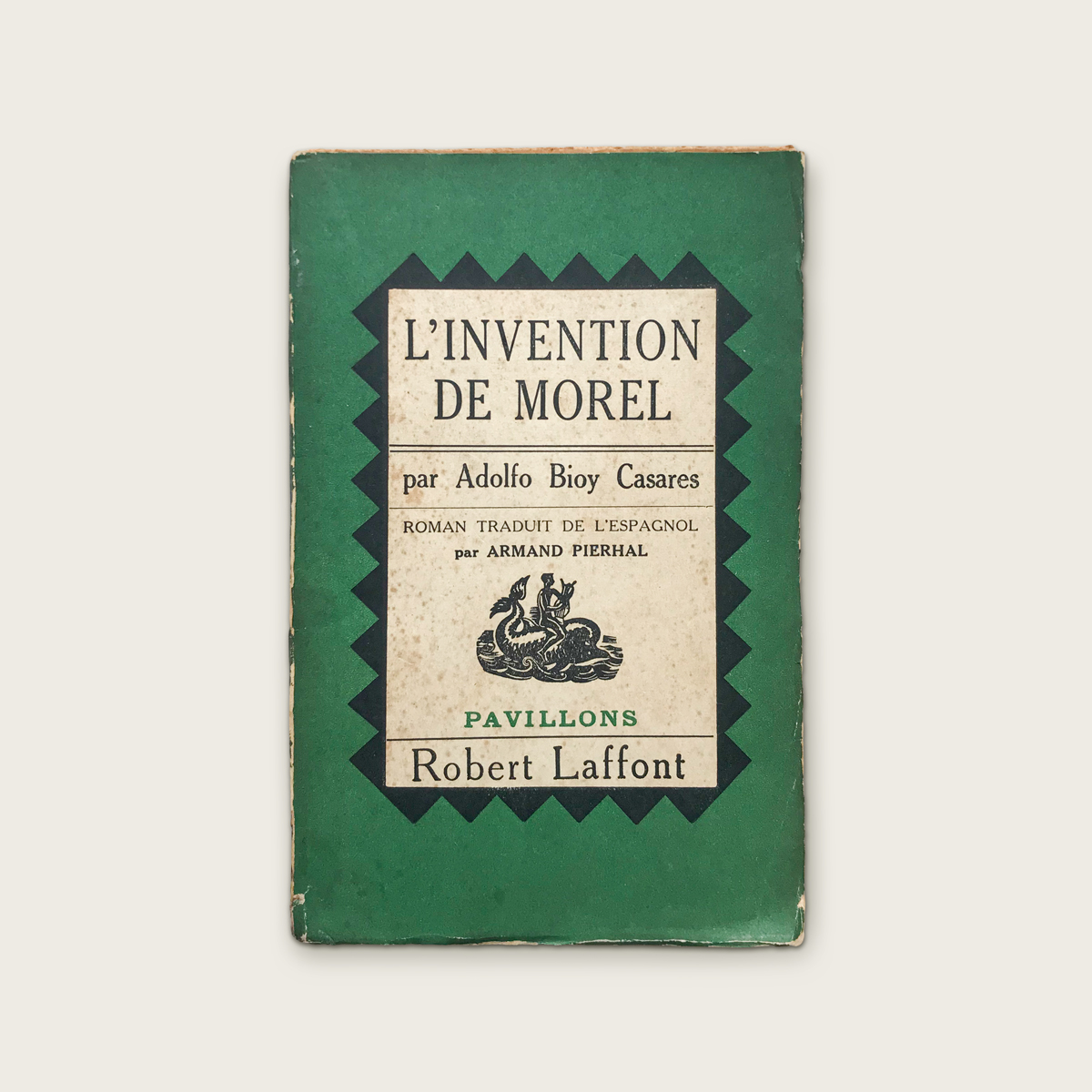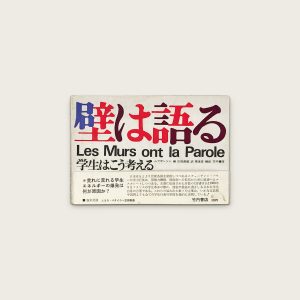L’Invention de Morel
by Adolfo Bioy Casares [Preface by Jorge Luis Borges]
€35,00
Paris: Robert Laffont, 1952. Translated from Spanish by Armand Pierhal. First French edition. 12mo (19x12cm), printed card wrappers. Rough edges. 160pp, [6] Catalogue Pavillons. Text in French. Front cover and verso of wrappers with minor foxing. Mild creasing to edges and rubbing to spine edges. Spine- tail with a small loss, wirh a tiny part glued back on. Even overall toning to pages, and occasional mild creasing. Internally clean and unmarked. About very good.
Adolfo Bioy Casares achieved his literary breakthrough with his novel La invención de Morel, which was firstly published in 1940, and won a year later the Premio Municipal de Literatura of the City of Buenos Aires. The preface to La invención de Morel was written by none other than Jorge Luis Borges, while his sister, the artist Norah Borges, created the illustrations for the first edition.
The book pretends to be a diary written by a castaway on an island with occasional notes by an “editor“, who is commenting the text. Both, however, appear to be unreliable. The novel takes place on a small uninhabited Pacific island, to which the protagonist innocently condemned to death, has taken refuge. But one morning a group of people appear on the island, and his fear of being discovered, is getting mixed up with the attraction of a mysterious woman.
The Invention of Morel served Alain Resnais and Alain Robbe-Grillet as inspiration for their film Last Year at Marienbad, and was more than formative for Chris Marker’s work. In one of his rare interviews, held by the Havard Film Archive in the digital Second Life where Marker called himself Sergei Murasaki and the interviewers Iggy Atlas, the last question was as follows:
„IA: How would you present your life’s work, the sum of your cobbling, to a young person who didn’t know Chris Marker?
SM: I’d tell them to read The Invention of Morel.“
This first French edition of L’Invention de Morel serves as one of several keys to Chris Marker’s work, dealing with time, memory and consciousness.




![[Agnès Varda] Europe Revue Mensuelle. Littérature de Cuba – Mai-Juin 1963](https://chunkingbooks.com/wp-content/uploads/2021/01/europecuba_01-300x300.jpg)
Commentaires, Commentaires 2
by Chris Marker
€650,00 Enquery